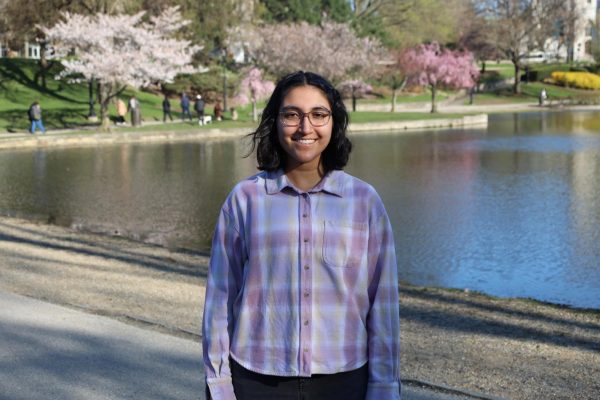Agarwal: The case for permanent daylight saving time
A few weeks ago, on March 15, the United States Senate unanimously passed the Sunshine Protection Act, which aims to make daylight saving time (DST) permanent in 2023. While many Americans, myself included, rejoiced at the news, some were unhappy—namely scientists and parents. However, the benefits of DST considerably outweigh the temporary drawbacks.
Our whole lives revolve around the sun. When the sun comes up, we go about our daily activities, and once the sun goes down, we prepare for sleep. Our bodies physically respond to changes in sunlight, with the light regulating neurotransmitters such as melatonin and serotonin, along with other processes as day turns to night and night becomes day.
We have evolved to spend most of our waking hours in sunlight, and thus people naturally prefer to have more light during the day and darkness only when they sleep. Hence, DST appeals to this preference by allowing for less daylight in the mornings—when many of us are still sleeping—and more in the afternoons and evenings—when we are still going about our day.
However, every November, we switch our clocks back to standard time, adding an hour of sunlight to our mornings. And since it’s winter, sunlight is especially rare; our evenings are awfully short, with the sun setting around 5 p.m. in Cleveland for much of the season. Coupled with Cleveland’s staple gloomy weather, it is quite easy to fall victim to Seasonal Affective Disorder (SAD).
As its name applies, SAD is a form of depression that recurs seasonally and plagues approximately 5% of U.S. adults. The most common form is winter-onset SAD, which typically begins in late fall and goes away during the sunnier days of spring—after we spring forward. Its cause, while disrupting the circadian rhythm, is directly tied to the decreased sunlight that we experience in the winter. This disruption can lead to drops in serotonin, which affects our mood, and variable levels of melatonin, which regulates our sleep patterns and mood.
Thus, implementing DST year-round could be critical for those with SAD or even just the winter blues; the increased sunlight during normal waking hours could help adjust their levels of serotonin and melatonin, lifting everyone’s moods.
On the other hand, some scientists are proponents of permanent standard time. Solely based on data collected in the first two weeks after springing forward, some scientists assert that DST is bad for our health and throws off our circadian rhythms. But no prominent studies have focused on the prolonged effect of DST on the human body; additionally, none have studied health trends in the middle or end of DST after our bodies might have adjusted to the new time. In short, these scientists do not have any long-standing evidence backing their argument; they only have evidence against switching between standard time and DST every year. We can only conclude the health risks after researching the long-term effects of DST; right now all we know is that the switch back and forth is terrible for us all.
Likewise, parents do not want to switch over to permanent DST due to early school start times. With the sun rising as late as 9 a.m. on DST during winter in Cleveland and schools starting as early as 7:30 a.m. in many places, children and adolescents’ circadian rhythms would undoubtedly be thrown off. However, there is an easy fix to this situation: pushing back school start times. The American Academy of Pediatrics has long emphasized the need to push them back to at least 8:30 a.m. to give kids the sleep they require for development, so instating later start times should be a no-brainer for school boards, especially if the Sunshine Protection Act becomes law.
Once the House of Representatives and President Biden approve the Sunshine Protection Act, we can finally say farewell to switching our clocks back-and-forth and dreary winter evenings. Until then, there are still over 200 days of DST to enjoy before we switch back to standard time—hopefully, for the last time.

Aambar Agarwal is a fourth-year student finishing up her majors in neuroscience and psychology and minor in public health. In her downtime, she can be...

